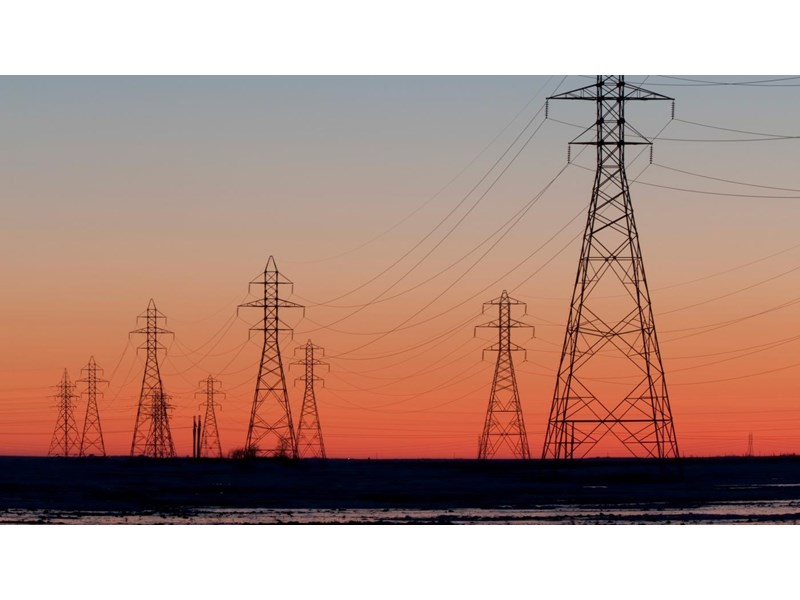How to address risk from extreme weather in power markets
How can traders and other stakeholders address the risk to power networks from extreme weather events?
3 minute read
Brian McIntosh
Vice President, Americas Power and Renewables Research

Brian McIntosh
Vice President, Americas Power and Renewables Research
Brian brings more than fifteen years of power industry experience to his role.
Latest articles by Brian
-
Opinion
The global power market outlook: can global power generation keep up with the energy transition?
-
Opinion
How to address congestion risk in US power markets
-
Opinion
How to address risk from extreme weather in power markets
-
Opinion
How to address risk from the intermittency of renewable energy in power markets
-
Opinion
Can Maryland make net zero work?
-
Opinion
Global power markets outlook: the energy transition gathers pace
From storms and cold snaps to heatwaves, extreme weather events can have major implications for electricity generation and supply – and as a consequence, for power markets. Being able to anticipate extreme weather and understand its potential impact on electricity availability and pricing is therefore extremely useful to market stakeholders, from asset owners and grid operators to power traders.
Read on for our insights into overcoming weather-related power outages and maximising electric system resiliency.
The risks from extreme weather
Extreme weather events can affect both sides of the electricity supply-demand equation – both by increasing demand and by interrupting supply.
1. Interrupted supply
Extreme weather can impact electricity generation, transmission and distribution both in terms of performance and availability in multiple ways. These include temperature changes, water availability, storms, flooding and wind pattern variations, as well as other extreme events such as wildfires or landslides that can cause damage to transmission lines and grid components. For example, extreme temperatures can impede the performance of power plants, cause equipment to overheat and make power lines sag as they expand.
Ultimately, the impact of a given event will depend not only on its severity but on the resilience of the local energy system, including its capacity to predict, tolerate, respond to and recover from its consequences.
2. Higher demand
Ironically, at the same time as impacting supply, extreme weather also tends to lead to higher electricity demand, as heating is turned up in a cold snap or fans and air conditioners are cranked up during a heatwave. Network load managers can usually turn on standby generating resources to meet the increased demand, however, in a worst-case scenario the grid can be overwhelmed, leading to blackouts.
How can you address these risks?
For stakeholders, the ability to properly quantify what an extreme event means for power demand, as well as the impact on supply in terms of unplanned extreme weather and power outages, is paramount. Whether an asset operator or a power trader, the more visibility you have into an event as it unfolds, the more confidence you can have that you are addressing the likely consequences effectively.
Unfortunately, by its nature, extreme weather is highly unpredictable. The complexity of weather systems means that statistical forecasting and regression analysis based on historical trends is of limited use in predicting the impact of future events. Ideally, therefore, you want access to expert meteorological analysis that can examine developing weather patterns and interpret the evolving scenario as accurately as possible.
At the same time, you need accurate power outage data concerning the impact of extreme weather on the functioning of the grid. What generating assets are offline or being impacted in terms of performance? Where are unplanned extreme weather and power outages causing congestion?
As well as accuracy, the timeliness of this data is crucial. Extreme weather events can cause significant volatility in local power networks, so the ability to access real-time information provides a significant advantage.
Partnering with an organisation that offers proprietary data and analysis gives you a crucial advantage in understanding and reacting to extreme weather events ahead of the competition. It can allow you to get a much clearer idea of what’s likely to happen, get in front of the consequences, and manage the impact, whether on your operations or on your trading.
Learn more
Wood Mackenzie can provide access to both predictive and real-time data and intelligence from its own expert meteorologists and sensor network.
Our team monitors extreme weather events and their impact on electricity grids in real time, updating their models and forecasts accordingly.
So, don't let the volatile weather skew your profits. Get notified of fundamental market changes when they happen, as opposed to every 60 seconds. Every second counts when your assets or trades are the line.
To find out more about how our short-term power solutions can help you, fill out the form at the top of the page to download your free copy of'Top 5 Reasons Why Utilities Choose Wood Mackenzie to Predict Market Volatility' .

Fill in the form at the top of the page to receive the latest short-term power insights
Get ahead of market movements by signing up for our experts' monthly updates
Go to top of page





